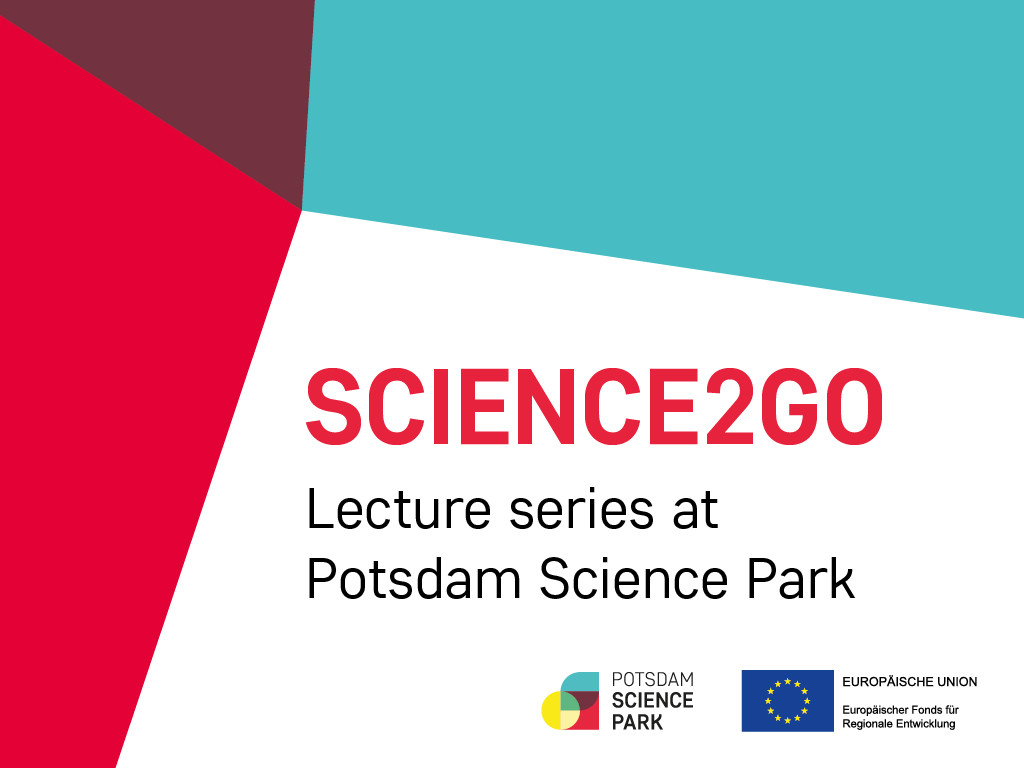Science2Go | Making Colours with Cellulose | Prof. Dr. Silvia Vignolini
In our lab at the MPICI, we study how living organism such as plant and insect use their internal structure on very small scale (nano) to make colours. What we see in the natural world inspires us to find new ways to make colourful, sustainable materials.
Nature is overflowing with beautiful colours, but the most spectacular colours in nature such as the one of chameleons to the dazzling tail-feathers of peacocks are made using a phenomenon called light interference without any pigment using only transparent materials. If you’ve ever noticed the pinks and blues glistening on the surface of soap bubble, then you’re already familiar with this effect and the kind of beautiful colour it can produce.
Over millions of years of evolution, living things have developed complex structures in their outer layers which use interference to enhance some colours and dissipate others. This so-called structural colour is responsible for the most intense reflection found in Nature, the fruit of the “marble berry” Pollia condensata. Structural colour is found in almost every kind of living thing; you may be familiar with examples like mother-of-pearl and iridescent green beetles.
Colours are an important part of daily life for humans too. We use dyes in our clothes, and paints for art and decoration. Complex colour patterns are used to prevent counterfeiting, like the shiny "holograms" you might have seen on bank notes and credit cards. However, these sources of colour have their drawbacks: they're often made from chemicals and plastics that fade over time and can't be recycled.
To find more sustainable sources of colour, we look again to what we see in Nature. The colours in Nature are often built up from simple biological “building blocks” – things like cellulose (found in plants like cotton and pine trees), chitin (found in fungi and crustaceans) and keratin (found in bird feathers and human hair). These bio-materials are highly abundant, biodegradable and non-toxic, which makes them perfect for producing more eco-friendly colorants. In fact, they're even edible - you eat cellulose every time eat lettuce and chitin every time you eat shrimp!
Gehalten von
Anmeldung
Veranstaltungsart
Sachgebiet
Universitäts-/ Fachbereich
Weitere Informationen
Veranstalter
Ort
Am Mühlenberg 1
14476 Potsdam
Kontakt
Am Mühlenberg 11
14476 Potsdam

